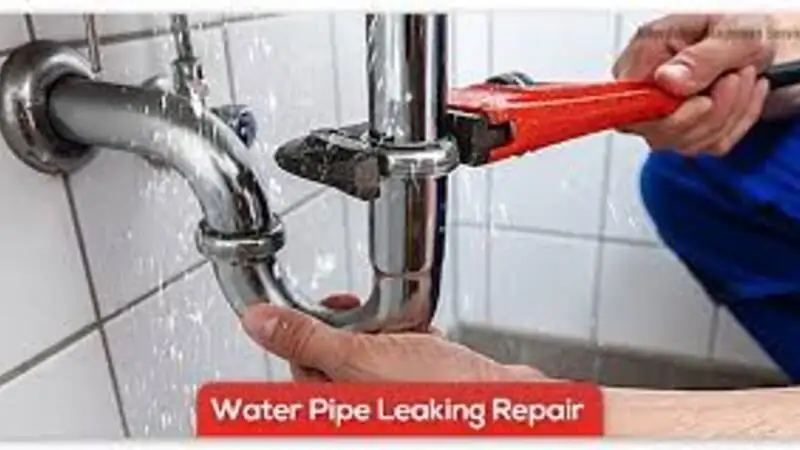As cities grow larger and older, repairing water pipes properly is more important than ever. Many factors, such as aging pipes and environmental changes, can cause problems in our water systems. That’s why we need innovative and effective methods to repair them. A good repair method helps keep water clean, reduces waste, and protects the planet.
As water shortages and deteriorating pipes become larger issues, it’s crucial to focus on repairs that benefit both people and the environment. Let’s dive in!
Understanding the Challenges of Traditional Repairs
Traditional ways of fixing water pipes usually mean digging up roads and replacing big sections of pipe. This leads to pollution, traffic issues, and high repair costs.
Additionally, it doesn’t always address the core issue, as many pipes have multiple weak points. Therefore, it’s essential to explore new repair methods that are environmentally friendly yet still effective.
Innovative Techniques for Sustainable Repairs
Several innovative methods have emerged to overcome the challenges posed by traditional repair techniques:
Trenchless Technology
This method repairs or replaces pipes without the need for large-scale excavation. It uses tools like horizontal directional drilling to work under roads and buildings. This results in reduced mess, fewer traffic disruptions, and quicker repairs.
Sliplining
Sliplining involves inserting a smaller pipe within a damaged one to enhance its structural integrity. This new pipe helps water flow better and keeps the system working. Moreover, it requires fewer materials compared to a complete pipe replacement, reducing waste.
Pipe Bursting
When an old pipe requires replacement, pipe bursting can fracture it while simultaneously inserting a new pipe. This happens underground, so there’s less need to dig. This method minimizes damage to roads and saves time.
Potable Water Pipe Lining
Potable water pipe lining method helps old pipes last longer while keeping drinking water safe. A specialized lining is inserted inside the pipe to prevent leaks and reinforce its walls. It’s a clean, simple way to fix pipes without full replacement.
Environmental Impact and Benefits
The adoption of these innovative techniques in sustainable water pipe repairs presents several notable advantages:
Reduced Waste
Methods like sliplining and trenchless technology use fewer materials than traditional repairs. This means less waste is created during the process. It’s a smarter and more environmentally friendly way to fix water pipes.
Lower Cost
Since these methods don’t require as much digging, labor and material costs go down. There’s also less need for traffic control and cleanup. This contributes to significant savings in both time and money for each project.
Extended Lifespan
Techniques like potable water pipe lining help old pipes last much longer. They enhance strength and prevent leaks without necessitating full replacement. This means fewer repairs are needed in the future.
Minimized Disruption
Due to reduced excavation, these methods create fewer issues for roads, homes, and businesses. Additionally, repairs can be completed more swiftly. This reduces stress for people and protects the environment around the work site.
The Future of Water Infrastructure
As challenges to clean and safe water supplies intensify, sustainable pipe repairs must become a top priority. New methods fix aging systems and strengthen them for the future. By using eco-friendly solutions, communities can keep water reliable, affordable, and protected. Urban planners and policymakers must take the initiative.
Is this article helpful? Keep reading our blog for more. For more information, visit our website.
